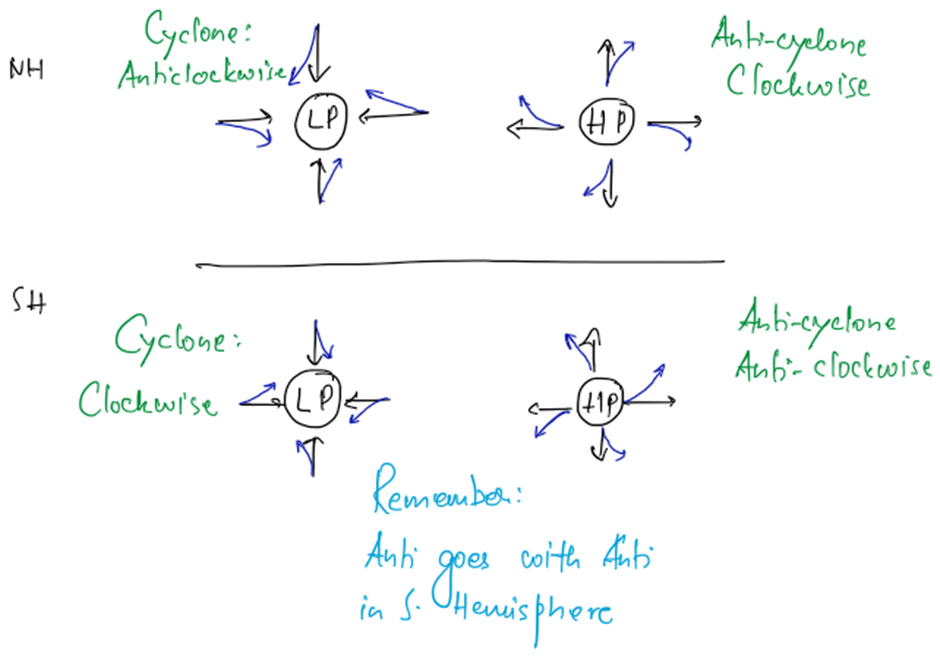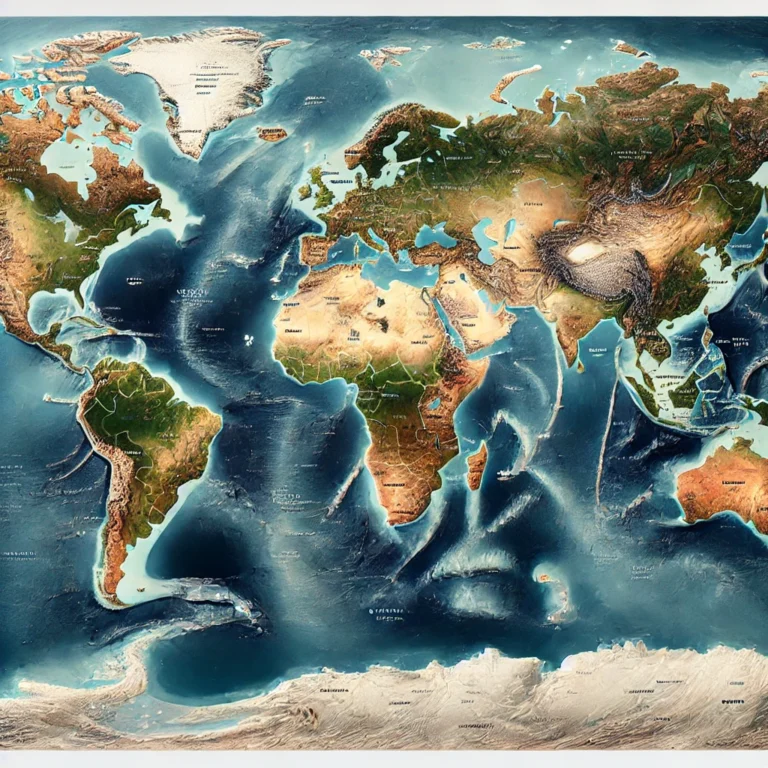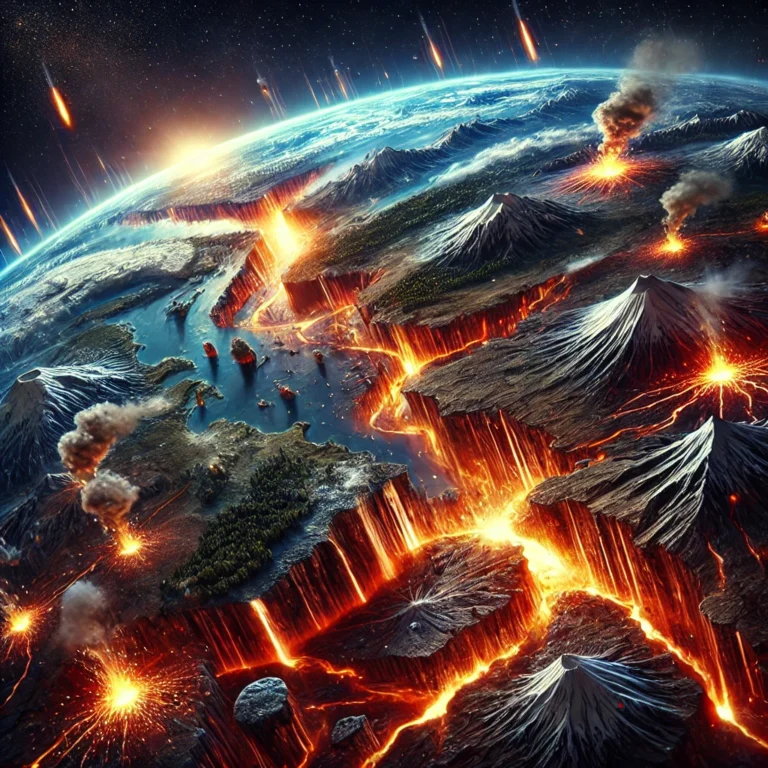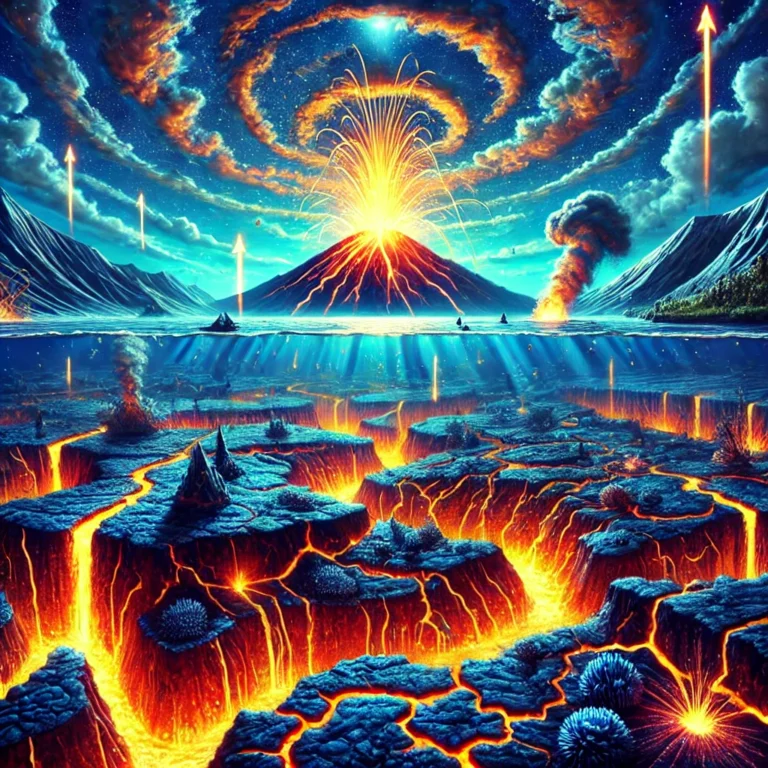Understanding Cyclones and Anticyclones
Suppose you are standing on a vast open plain, feeling the wind rush past you. You notice that the wind doesn’t just blow randomly—it follows patterns shaped by forces far beyond what the eye can see. This is the world of atmospheric circulation, where cyclones and anticyclones play a pivotal role in shaping weather patterns across the globe.
What is a Cyclone?
A cyclone is like a giant atmospheric vacuum cleaner, pulling air toward its center. It is a low-pressure system, meaning the pressure at its core is lower than its surroundings. Since air naturally moves from high-pressure areas to low-pressure areas, it gets sucked inward. However, due to the Earth’s rotation—the Coriolis Effect—this inward-moving air does not travel in a straight line. Instead, it swirls.
- In the Northern Hemisphere (NH): The air spirals inward in an anticlockwise direction.
- In the Southern Hemisphere (SH): The air spirals inward in a clockwise direction.
This difference happens because the Coriolis force deflects moving objects to the right in the NH and to the left in the SH. Think of it like water swirling down a drain—except on a planetary scale!

What About Anticyclones?
Anticyclones are the opposite of cyclones. They are high-pressure systems, where air descends and spreads outward. Since air is moving away from the center, it follows a pattern opposite to cyclones:
- In the NH: Air moves outward in a clockwise direction.
- In the SH: Air moves outward in an anticlockwise direction.
A useful memory trick is noted in blue: “Anti goes with Anti in the Southern Hemisphere,” meaning anticyclones move anticlockwise there.
Why Does This Matter?
Cyclones bring stormy weather—think of hurricanes, typhoons, and monsoons. Anticyclones, on the other hand, are often associated with clear, stable conditions. Understanding their movement helps meteorologists predict weather patterns and warn communities about approaching storms.






